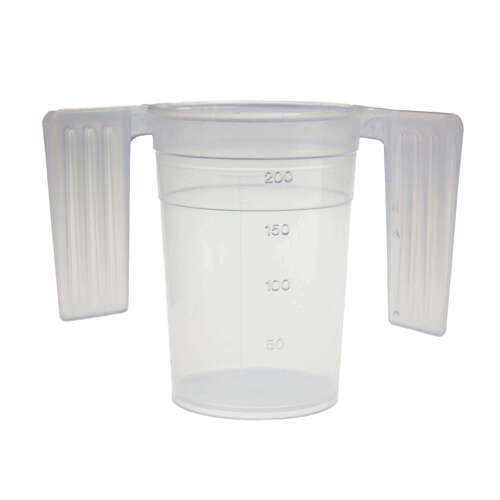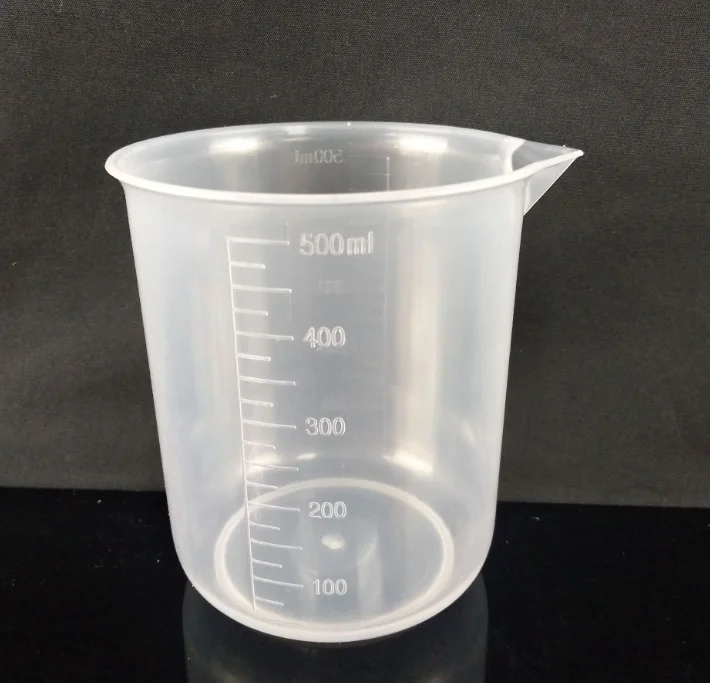
However, for others, they have the potential to cause harm, warned Dr Fillingham, who is a speech and language therapist by training.įluid enters the mouth further back – mid tongue where the spout ends – rather than at the front of the mouth, as would happen with a normal cup, she told Nursing Times.

“They should only be used when a patient has been formally assessed and it is part of their care plan”ĭr Joanne Fillingham, clinical director of allied health professions at NHS Improvement, said that in a few cases, such as Parkinson’s or Huntington’s disease, spouted beakers may be necessary. I wouldn’t give an outstanding rating,” said Ms Meatyard.

She called for CQC inspectors to be routinely asking staff why plastic spouted beakers were the norm rather than the exception in the settings they visited. She noted that her aunt’s care home was currently rated as “outstanding” by the Care Quality Commission and questioned why it seemed to be turning a blind eye to beakers. “I want her and other people I see in her situation to have a dignified last year or so,” she told Nursing Times. What was needed would not take much time, she said, arguing that to help her aunt to drink out of a glass or tea cup would give a completely different level of care. Ms Meatyard highlighted that the staff at the care home were “all lovely”, but claimed there was something wrong with the culture if it was considered acceptable to “infantilise” older people.
#Beaker cups how to
She said: “Although she can hold a glass or a teacup, nine times out of 10, and in spite of innumerable conversations with staff, I’m handed one of these awful spouted beakers.”Ĭare home residents like her aunt “instinctively” know how to hold a cup or glass and argues that too give her a spouted beaker is “taking away the tiny bit of independence she has left”. “Although she can hold a glass or a teacup, nine times out of 10, I’m handed one of these awful spouted beakers”Ī former nurse, she has an aunt in a care home in Birmingham. She said she wanted people to start a conversation about what was appropriate for an older person to drink out of. Those behind it argue that spouted beakers can both be dangerous and have the effect of undermining a patient’s dignity.Įlizabeth Meatyard is among those who has spoken out on social media against the use of the beakers.

The campaign on Twitter has brought different professionals together and shown how passionate people are about the issue. Using the social media hashtag #endplasticspoutedbeakers they called on healthcare settings to consider alternatives. In June, a group of nurses, speech therapists and care home workers started a campaign to replace them. However, despite concerns being raised for many years about their negative impact, the beakers can still be found on the wards and in care homes. The beakers were probably brought in to minimise spillages, though they may also have been viewed as a way of helping patients with certain conditions that impair their ability to hold a cup or to swallow normally. “If you’re still using plastic spouted beakers, then have a proper think about it” Nurses working in the 1990s say they remember them being introduced, but they may have been around for much longer. No one seems to know exactly how long plastic spouted beakers have been in circulation for. But you won’t find a Thomas the Tank Engine logo on it, as this receptacle – the plastic spouted beaker – is what many older patients in care homes and some NHS wards are given to drink from.

It’s plastic and there’s a lid from which protrudes a wide, circular spout. The object in question resembles a toddler’s drinking cup.


 0 kommentar(er)
0 kommentar(er)
